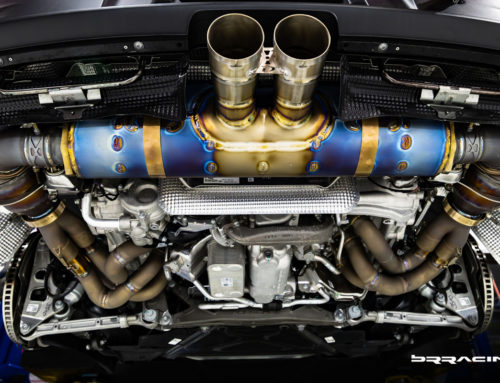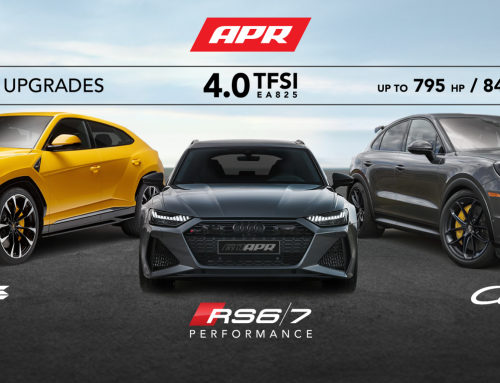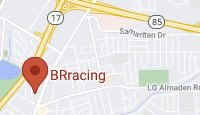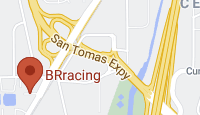Audi has just introduced and upped the ante in the Super Car segment w the new Audi R8 V10 Plus.
(See all the new images of the just introduced Audi R8 V10 Plus in the BRracing web gallery HERE)
The new R8 V10 Plus is now the highest-performance R8 available, short of the previous (and even more hardcore) R8 GT. Splitting the difference between the R8 V10 and the GT in some ways, the new Plus model adds 25 horsepower and 8 pound-feet of torque to the V10’s 525/390 total. While that might not sound like much, it’s immediately noticeable in the car, as the quick-revving V-10 engine and lightning-quick dual-clutch gearbox send it into action.
That dual-clutch gearbox is really the highlight of the changes to the R8, and is not limited to the new R8 V10 Plus model, it’s found in all R8s for 2013. Snapping off Porsche-quick upshifts and Porsche-prescient downshifts in automatic mode, you’d swear there has been some cross-pollination with the brand’s VW Group cohorts–but Audi swears it’s entirely its own design. Either way, it’s really quite brilliant. In manual mode it simply does what you want it to, holding gears or producing perfect rev-matched downshifts on demand. It’s everything the balky Touchtronic automatic before it was not.? No more herky-jerky.
For those of you who just can’t give up your three-pedal arrangement even in the face of better lap times and greater around-town convenience, fear not: there’s a six-speed manual offered in every model as well. Audi expects about 40 percent of its American buyers to row their own gears.
With the brilliance of the dual-clutch transmission taking the starring role, the 5.2-liter V10 engine of the Plus was almost relegated to an afterthought — but rip off a quick set of downshifts entering a hard braking zone and you are almost startled out of your seat by the roar of the 550-horsepower monster right behind your head. But does the bite match the bark?
For the most part, yes. Squirming quite a lot under threshold/ABS braking with the hugely powerful ceramic brakes, the rear trying to catch the front yet remaining controllable, transition into a corner is easy, with the R8 readily pointing in and even rotating at mid corner. Response to trail braking and, in higher-speed corners, trailing throttle, is just about perfect. At corner exit, the limited-slip rear differential hooks up, slinging the car forward with little drama–but being too eager too early with the throttle can yield quite a lot of understeer as the car’s 43:57 front:rear weight distribution and two-inch narrower front wheels answer to the laws of physics.

That firm suspension contributes to the V10 Plus being the least comfortable of the bunch, though the tight, firm, and heavily bolstered manual-adjust seats also play their part. When you venture out on the track, the seats provided admirable support, but on the street, they’re hard to get into, unforgiving over rougher roads, and, in the long haul, plain uncomfortable. Fortunately, American V10 Plus models will come with more standard power-adjustable seating–likely owing to our larger frames and greater expectation of plushness. Standard V10 models don’t suffer from this drawback, being fitted with standard magnetic dynamic dampers, which are also available on the R8. This seems kind of backwards, the lower models get adjustable dampers, but the high end models get the non-adjustable version.
These quibbles aside, the R8 is, across the board, a fantastic (super) sports car. U.S. pricing hasn’t been released yet, but expect incremental increases over the current range, putting the R8 V8 Coupe at about $115,000, the Spyder around $130,000. The V10 Coupe should come in at about $150,000, the V10 Spyder around $165,000, and the V10 Plus somewhere above the other two V10s.






Leave A Comment
You must be logged in to post a comment.